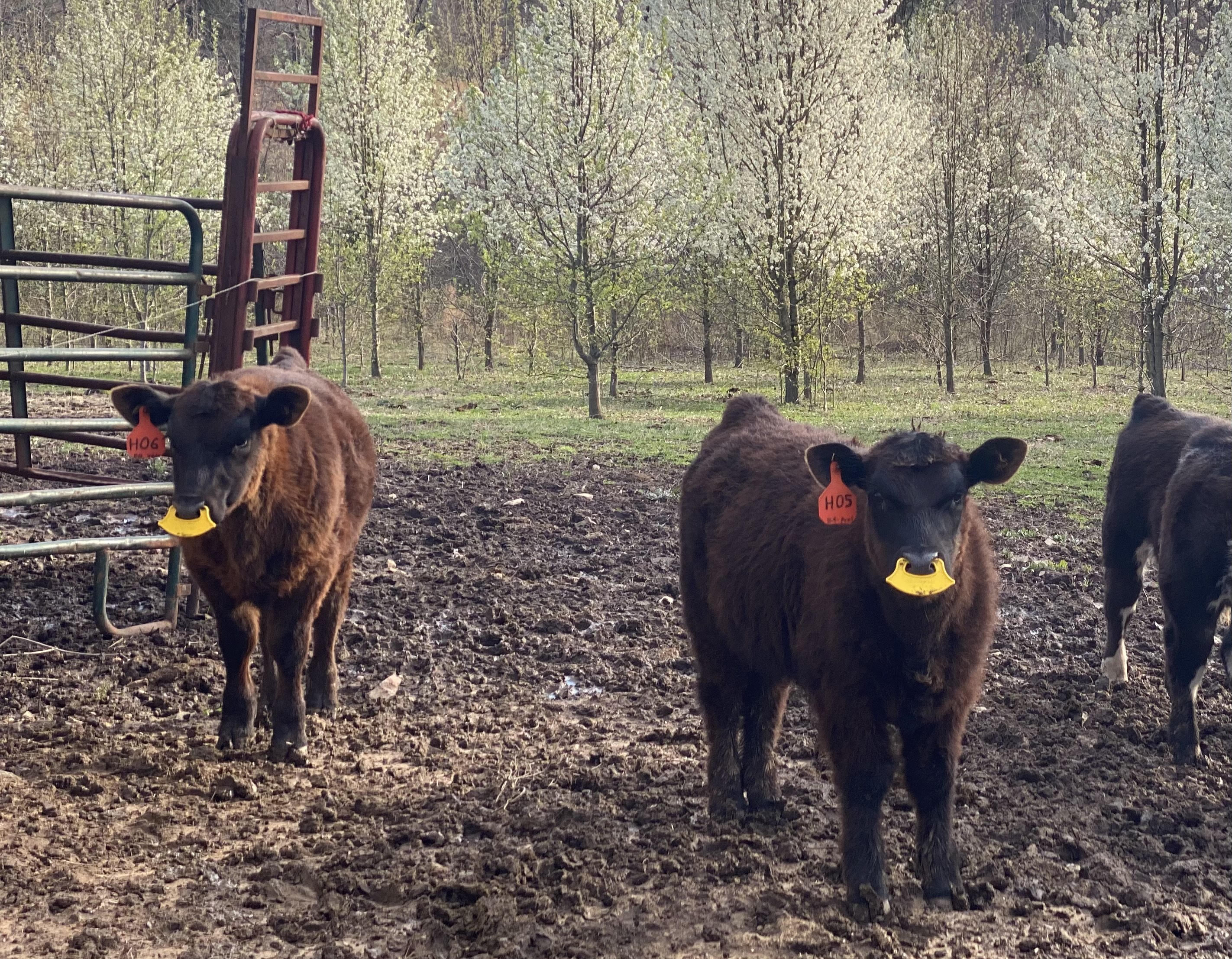It’s Time to Wean Fall Calves
go.ncsu.edu/readext?792845
en Español / em Português
El inglés es el idioma de control de esta página. En la medida en que haya algún conflicto entre la traducción al inglés y la traducción, el inglés prevalece.
Al hacer clic en el enlace de traducción se activa un servicio de traducción gratuito para convertir la página al español. Al igual que con cualquier traducción por Internet, la conversión no es sensible al contexto y puede que no traduzca el texto en su significado original. NC State Extension no garantiza la exactitud del texto traducido. Por favor, tenga en cuenta que algunas aplicaciones y/o servicios pueden no funcionar como se espera cuando se traducen.
Português
Inglês é o idioma de controle desta página. Na medida que haja algum conflito entre o texto original em Inglês e a tradução, o Inglês prevalece.
Ao clicar no link de tradução, um serviço gratuito de tradução será ativado para converter a página para o Português. Como em qualquer tradução pela internet, a conversão não é sensivel ao contexto e pode não ocorrer a tradução para o significado orginal. O serviço de Extensão da Carolina do Norte (NC State Extension) não garante a exatidão do texto traduzido. Por favor, observe que algumas funções ou serviços podem não funcionar como esperado após a tradução.
English
English is the controlling language of this page. To the extent there is any conflict between the English text and the translation, English controls.
Clicking on the translation link activates a free translation service to convert the page to Spanish. As with any Internet translation, the conversion is not context-sensitive and may not translate the text to its original meaning. NC State Extension does not guarantee the accuracy of the translated text. Please note that some applications and/or services may not function as expected when translated.
Collapse ▲Weaning is easily the most stressful time during a beef animal’s life. Natural weaning occurs when the calf is anywhere from 7-14 months old, whereas weaning of domestic cattle occurs around 6 to 8 months. Calves are weaned at this age to allow cows to regain body condition before calving, but also to decrease forage demand in some situations when feed resources are limited. A lactating cow will consume 2.5% or more of its body weight in dry matter, while a dry cow will typically only consume up to 2% of its body weight in dry matter. This may not sound like much of a difference, but for a 1200lb cow and 350lb calf, total as fed forage consumption will decrease from 37lbs/day to around 24lbs/day after weaning (Oregon State University Extension). If the herd size is 50 cows, this is a total decreased consumption of 650lbs of forage a day!
The three most commonly utilized weaning strategies are: traditional, fence line, and two-stage.
Traditional (total separation) weaning consists of simply separating the cows and calves without any ability to have contact. This is considered the highest stress weaning method, but does allow to market the calves straight off of the cow, without any preconditioning. Another benefit is that it may not be necessary to allot extra forage or feed.
Fenceline weaning is rather self-explanatory, as cows and calves are in pastures separated by a fence. Research has shown that calves weaned using this method exhibit less indicators of stress, such as bawling and pacing. However, planning is required to ensure fences and available forages are adequate when this method is used. Calves also don’t have to acclimate to a new environment with this method.
Two-step weaning involves using a calf weaning nose ring, sometimes called nose flaps or paddles (pictured below). These are inserted into the calf’s nose, allowing them to drink water, graze, and eat available feeds; however, they cannot nurse. Calves are returned to their dams and allowed to remain with them for approximately 2 weeks, then separated from them and the nose piece removed. This process is more labor intensive than the previous 2, but can decrease bawling by up to 95% (Haley et al., 2007). Increased ADG and performance can be seen using this method, but quality feed/forage must be available to ensure this effect is seen.
More questions about weaning beef calves? Contact Livestock and Forage Crops Agent Kendra Phipps at 336-593-8179





